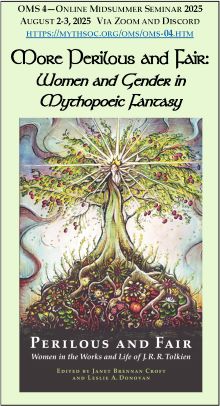Abstract
In “The Arch and the Keystone,” Mythlore 38:1 (Fall/Winter 2019), 5-17, Tolkien scholar Verlyn Flieger argues that the conflicts and contradictions she sees in Tolkien’s essays and fiction do not call for harmonization but rather should be embraced for what they are: “two opposing and conflicting sides of one person, whose contention makes him who he is as well as what he is, the keystone that creates the arch” of The Lord of the Rings (16) out of the friction of the two sides. Her argument has the virtue of helping us to take both darkness and light in the legendarium with full seriousness. Unfortunately, the alleged contradictions, e.g. between the despair of the Beowulf essay and the hope for eucatastrophe in the essay “On Fairie Stories,” reflected by light and darkness in The Lord of the Rings, are created by Flieger’s failure fully to understand Tolkien’s biblical worldview, where the impossibility of salvation in this life does not contradict, but is the logical setting for, the hope of a redemption not fully realized until the next. Thus an understanding of Tolkien’s biblical eschatology dissolves the alleged tension and lets us supplement Flieger’s keystone with the cornerstone of Tolkien’s worldview, which shows us that the coherence, rather than the contradiction, of Flieger’s elements can also function as a useful window on the power of Tolkien’s sub-creation.
Creative Commons License

This work is licensed under a Creative Commons Attribution-NonCommercial-No Derivative Works 4.0 International License.
Copyright held by Artist


